Introduction
A key aspect of fire protection is to identify a developing fire emergency in a timely manner, and to alert the building’s occupants and fire department. This is the role of fire detection and alarm systems. Depending on the anticipated fire scenario, building and use type, number and type of occupants, and criticality of contents and mission, these systems can provide several main functions. First they provide a means to identify a developing fire through either manual or automatic methods and second, they alert building occupants to a fire condition and the need to evacuate.
Another common function is the transmission of an alarm notification signal to the fire department, control room or other emergency areas. They may also shut down electrical, air handling equipment, HVAC or special process operations, and they may be used to initiate automatic suppression systems. This section will describe the basic aspects of fire detection and alarm systems.
Fire Control Panels
The control panel is the “brain” of the fire detection and alarm system. It is responsible for monitoring the various “input” devices such as manual call point (MCP) and automatic detection components like heat detectors, smoke detectors, and then activating alarm “output” devices such as horns, bells, warning lights, emergency telephone dialers, and building controls. Control panels may range from simple units with a single input and output zone, to complex computer driven systems that monitor several buildings over an entire plant.
There are two main control panel arrangements, conventional and addressable, which will be discussed below.
Conventional Fire Control Panel
Conventional or “point wired” fire detection and alarm systems were for many years the standard method for providing emergency signaling. In a conventional system one or more circuits are routed through the protected space or building. Along each circuit, one or more detection devices are placed. Selection and placement of these detectors is dependent upon a variety of factors including the need for automatic or manual initiation, ambient temperature and environmental conditions, the anticipated type of fire, and the desired speed of response. One or more device types are commonly located along a circuit to address a variety of needs and concerns.
Upon fire occurrence, one or more detectors will operate. This action closes the circuit, which the fire control panel recognizes as an emergency condition. The panel will then activate one or more signaling circuits to sound building alarms and summon emergency help. The panel may also send the signal to another alarm panel so that it can be monitored from a remote point.
In order to help insure that the system is functioning properly, these systems monitor the condition of each circuit by sending a small current through the wires. Should a fault occur, such as due to a wiring break, this current cannot proceed and is registered as a “trouble” condition. The indication is a need for service somewhere along the respective circuit.
In a conventional alarm system, all alarm initiating and signaling is accomplished by the system’s hardware which includes multiple sets of wire, various closing and opening relays, and assorted diodes. Because of this arrangement, these systems are actually monitoring and controlling circuits, and not individual devices.
To further explain this, assume that a building’s fire alarm system has 5 circuits, zones A through E, and that each circuit has 10 smoke detectors and 2 manual stations located in various rooms of each zone. A fire ignition in one of the rooms monitored by zone “A” causes a smoke detector to go into alarm. This will be reported by the fire alarm control panel as a fire in circuit or zone “A”. It will not indicate the specific detector type nor location within this zone. Emergency responding personnel may need to search the entire zone to determine where the device is reporting a fire. Where zones have several rooms, or concealed spaces, this response can be time consuming and wasteful of valuable response opportunity.
The advantage of conventional systems is that they are relatively simple for small to intermediate size buildings. Servicing does not require a large amount of specialized training.
A disadvantage is that for large buildings, they can be expensive to install because of the extensive amounts of wire that are necessary to accurately monitor initiating devices.
Conventional systems may also be inherently labor intensive and expensive to maintain. Each detection device may require some form of operational test to verify it is in working condition. Smoke detectors must be periodically removed, cleaned, and recalibrated to prevent improper operation. With a conventional system, there is no accurate way of determining which detectors are in need of servicing. Consequently, each detector must be removed and serviced, which can be a time consuming, labor intensive, and costly endeavor. If a fault occurs, the “trouble” indication only states that the circuit has failed, but does not specifically state where the problem is occurring. Subsequently, technicians must survey the entire circuit to identify the problem.
Addressable Fire Control Panel
Addressable or Digital or “intelligent” systems represent the current state-of-the-art in fire detection and alarm technology. Unlike conventional alarm methods, these systems monitor and control the capabilities of each alarm initiating and signaling device through microprocessors and system software. In effect, each intelligent fire alarm system is a small computer overseeing and operating a series of input and output devices.
Like a conventional system, the address system consists of one or more circuits that radiate throughout the space or building. Also, like standard systems, one or more alarm initiating devices may be located along these circuits. The major difference between system types involves the way in which each device is monitored. In an addressable system, each initiating device (automatic detector, manual station, sprinkler waterflow switch, etc.) is given a specific identification or “address”. This address is correspondingly programmed into the control panel’s memory with information such as the type of device, its location, and specific response details such as which alarm devices are to be activated.
The control panel’s microprocessor sends a constant interrogation signal over each circuit, in which each initiating device is contacted to inquire its status (normal or emergency). This active monitoring process occurs in rapid succession, providing system updates every 5 to 10 seconds.
The addressable system also monitors the condition of each circuit, identifying any faults which may occur. One of the advancements offered by these systems is their ability to specifically identify where a fault has developed. Therefore, instead of merely showing a fault along a wire, they will indicate the location of the problem. This permits faster diagnosis of the trouble, and allows a quicker repair and return to normal.
Advantages provided by addressable alarm systems include stability, enhanced maintenance, and ease of modification. Stability is achieved by the system software. If a detector recognizes a condition which could be indicative of a fire, the control panel will first attempt a quick reset. For most spurious situations such as insects, dust, or breezes, the incident will often remedy itself during this reset procedure, thereby reducing the probability of false alarm. If a genuine smoke or fire condition exists, the detector will reenter the alarm mode immediately after the reset attempt. The control panel will now regard this as a fire condition, and will enter its alarm mode.
With respect to maintenance, these systems offer several key advantages over conventional ones. First of all, they are able to monitor the status of each detector. As a detector becomes dirty, the microprocessor recognizes a decreased capability, and provides a maintenance alert. This feature, known as Sensitivity Testing, allows facilities personnel to service only those detectors that need attention, rather than requiring a labor and time consuming cleaning of all units.
Modifying these systems, such as to add or delete a detector, involves connecting or removing the respective device from the addressable circuit, and changing the appropriate memory section. This memory change is accomplished either at the panel or on a personal computer, with the information downloaded into the panel’s microprocessor.
The main disadvantage of addressable systems is that each system has its own unique operating characteristics. Therefore, service technicians must be trained for the respective system. Periodic update training may be necessary as new service methods are developed.
Fire Detectors
When present, humans can be excellent fire detectors. The healthy person is able to sense multiple aspects of a fire including the heat, flames, smoke, and odors. For this reason, most fire alarm systems are designed with one or more manual alarm activation devices to be used by the person who discovers a fire. Unfortunately, a person can also be an unreliable detection method since they may not be present when a fire starts, may not raise an alarm in an effective manner, or may not be in perfect heath to recognize fire signatures. It is for this reason that a variety of automatic fire detectors have been developed. Automatic detectors are meant to imitate one or more of the human senses of touch, smell or sight. Thermal detectors are similar to our ability to identify high temperatures, smoke detectors replicate the sense of smell, and flame detectors are electronic eyes. The properly selected and installed automatic detector can be a highly reliable fire sensor.
Manual fire detection is the oldest method of detection. In the simplest form, a person yelling can provide fire warning. In buildings, however, a person’s voice may not always transmit throughout the structure. For this reason, manual alarm stations are installed. The general design philosophy is to place stations within reach along paths of escape. It is for this reason that they can usually be found near exit doors in corridors and large rooms.
The advantage of manual alarm stations is that, upon discovering the fire, they provide occupants with a readily identifiable means to activate the building fire alarm system. The alarm system can then serve in lieu of the shouting person’s voice. They are simple devices, and can be highly reliable when the building is occupied. The key disadvantage of manual stations is that they will not work when the building is unoccupied. They may also be used for malicious alarm activations. Nonetheless, they are an important component in any fire alarm system.
Thermal detectors are the oldest type of automatic detection device, having origin in the mid 1800’s, with several styles still in production today. The most common units are fixed temperature devices that operate when the room reaches a predetermined temperature (usually in the 135°–165°F/57°–74°C). The second most common type of thermal sensor is the rate-of-rise detector, which identifies an abnormally fast temperature climb over a short time period. Both of these units are “spot type” detectors, which means that they are periodically spaced along a ceiling or high on a wall. The third detector type is the fixed temperature line type detector, which consists of two cables and an insulated sheathing that is designed to breakdown when exposed to heat. The advantage of line type over spot detection is that thermal sensing density can be increased at lower cost.
Thermal detectors are highly reliable and have good resistance to operation from nonhostile sources. They are also very easy and inexpensive to maintain. On the down side, they do not function until room temperatures have reached a substantial temperature, at which point the fire is well underway and damage is growing exponentially. Subsequently, thermal detectors are usually not permitted in life safety applications. They are also not recommended in locations where there is a desire to identify a fire before substantial flames occur, such as spaces where high value thermal sensitive contents are housed.
Smoke detectors are a much newer technology, having gained wide usage during the 1970’s and 1980’s in residential and life safety applications. As the name implies, these devices are designed to identify a fire while in its smoldering or early flame stages, replicating the human sense of smell. The most common smoke detectors are spot type units, that are placed along ceilings or high on walls in a manner similar to spot thermal units. They operate on either an ionization or photoelectric principle, with each type having advantages in different applications. For large open spaces such as galleries and atria, a frequently used smoke detector is a projected beam unit. This detector consists of two components, a light transmitter and a receiver, that are mounted at some distance (up to 300 ft/100m) apart. As smoke migrates between the two components, the transmitted light beam becomes obstructed and the receiver is no longer able to see the full beam intensity. This is interpreted as a smoke condition, and the alarm activation signal is transmitted to the fire alarm panel.
A third type of smoke detector, which has become widely used in extremely sensitive applications, is the air aspirating system. This device consists of two main components: a cotrol unit that houses the detection chamber, an aspiration fan and operation circuitry; and a network of sampling tubes or pipes. Along the pipes are a series of ports that are designed to permit air to enter the tubes and be transported to the detector. Under normal conditions, the detector constantly draws an air sample into the detection chamber, via the pipe network. The sample is analyzed for the existence of smoke, and then returned to atmosphere. If smoke becomes present in the sample, it is detected and an alarm signal is transmitted to the main fire alarm control panel. Air aspirating detectors are extremely sensitive and are typically the fastest responding automatic detection method. Many high technology organizations, such as telephone companies, have standardized on aspiration systems. In cultural properties they are used for areas such as collections storage vaults and highly valuable rooms. These are also frequently used in aesthetically sensitive applications since components are often easier to conceal, when compared to other detection methods.
The key advantage of smoke detectors is their ability to identify a fire while it is still in its incipient. As such, they provide added opportunity for emergency personnel to respond and control the developing fire before severe damage occurs. They are usually the preferred detection method in life safety and high content value applications. The disadvantage of smoke detectors is that they are usually more expensive to install, when compared to thermal sensors, and are more resistant to inadvertent alarms. However, when properly selected and designed, they can be highly reliable with a very low probability of false alarm.
Flame detectors represent the third major type of automatic detection method, and imitate the human sense of sight. They are line of sight devices that operate on either an infrared, ultraviolet or combination principle. As radiant energy in the approximate 4,000 to 7,700 angstroms range occurs, as indicative of a flaming condition, their sensing equipment recognizes the fire signature and sends a signal to the fire alarm panel.
The advantage of flame detection is that it is extremely reliable in a hostile environment. They are usually used in high value energy and transportation applications where other detectors would be subject to spurious activation. Common uses include locomotive and aircraft maintenance facilities, refineries and fuel loading platforms, and mines. A disadvantage is that they can be very expensive and labor intensive to maintain. Flame detectors must be looking directly at the fire source, unlike thermal and smoke detectors which can identify migrating fire signatures. Their use in cultural properties is extremely limited.
Alarm Output Devices
Upon receiving an alarm notification, the fire alarm control panel must now tell someone that an emergency is underway. This is the primary function of the alarm output aspect of a system. Occupant signaling components include various audible and visual alerting components, and are the primary alarm output devices. Bells are the most common and familiar alarm sounding device, and are appropriate for most building applications. Horns are another option, and are especially well suited to areas where a loud signal is needed such as library stacks, and architecturally sensitive buildings where devices need partial concealment. Chimes may be used where a soft alarm tone is preferred, such as health care facilities and theaters. Speakers are the fourth alarm sounding option, which sound a reproducible signal such as a recorded voice message. They are often ideally suited for large, multistory or other similar buildings where phased evacuation is preferred. Speakers also offer the added flexibility of emergency public address announcements. With respect to visual alert, there are a number of strobe and flashing light devices. Visual alerting is required in spaces where ambient noise levels are high enough to preclude hearing sounding equipment, and where hearing impaired occupants may be found.
Another key function of the output function is emergency response notification. The most common arrangement is an automatic telephone or radio signal that is communicated to a constantly staffed monitoring center. Upon receiving the alert, the control room persons will then contact the appropriate fire department, providing information about the location of alarm.
Other output functions include shutting down electrical equipment such as HVAC, computers, shutting off air handling fans to prevent smoke migration, and shutting down operations such as chemical movement through piping in the alarmed area. They may also activate fans to extract smoke, which is a common function in large atria spaces. These systems can also activate discharge of gaseous fire extinguishing systems, or preaction sprinkler systems.
Summary
In summary, there are several options for a building’s fire detection and alarm system. The ultimate system type, and selected components, will be dependent upon the building construction and value, its use or uses, the type of occupants, mandated standards, content value, and mission sensitivity. Contacting a fire engineer or other appropriate professional who understands fire problems and the different alarm and detection options is usually a preferred first step to find the best system.
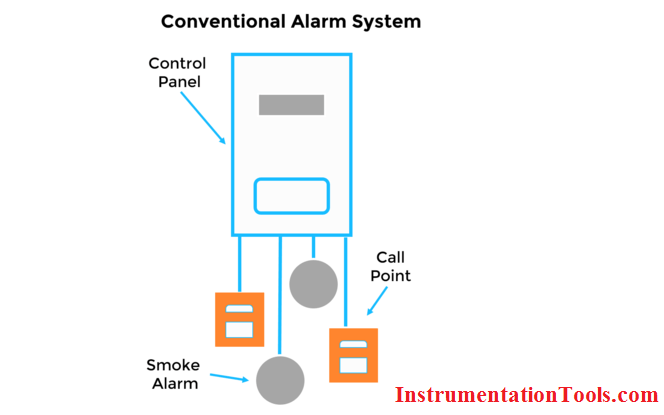
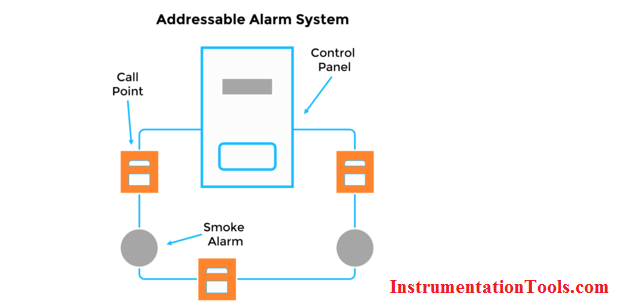
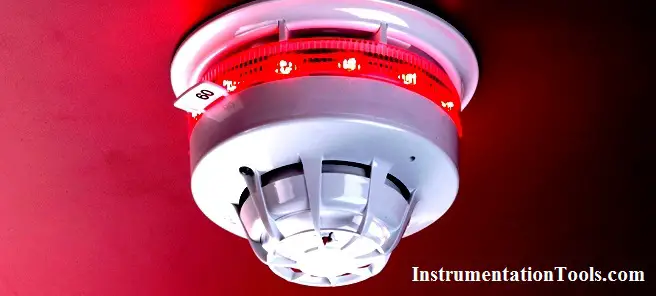

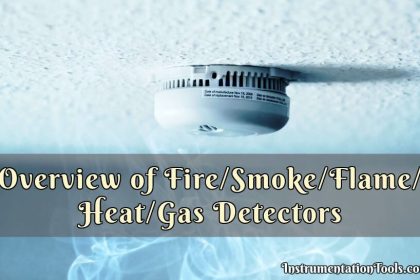
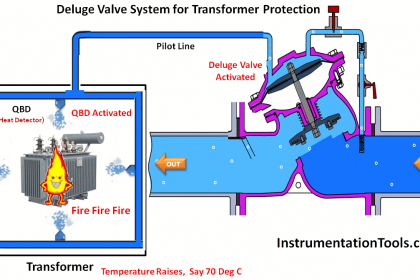

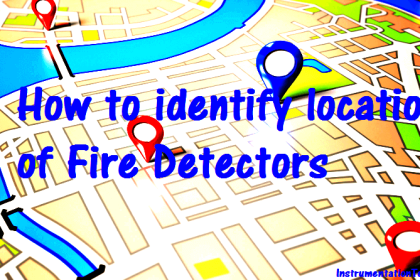



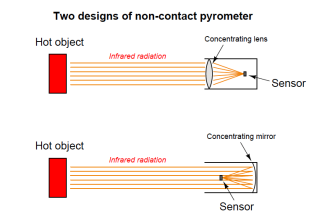

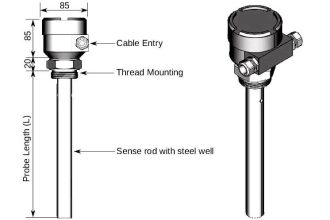
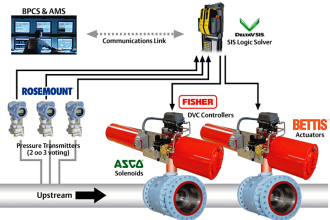


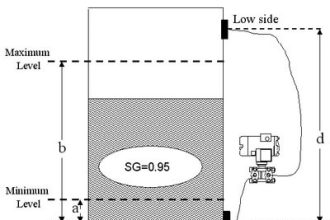
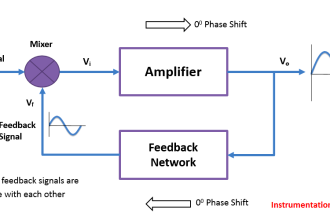

I would like to thanks for explaining the basic about fire alarms system. Everyone should have to install fire alarms to save the life, these are affordable but can save priceless life.
I’m really thank you for the details… good luck you all <3
for learning about FDS & Alarm system